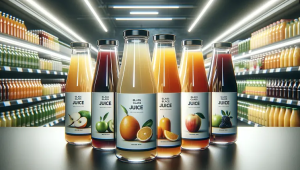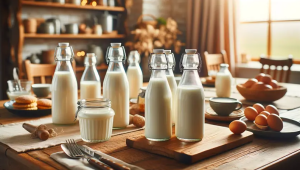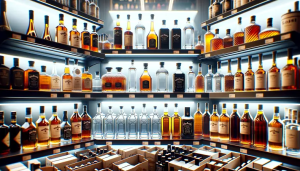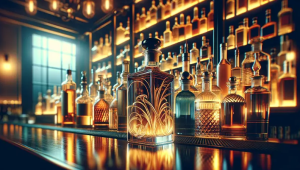In recent centuries, glass packaging has been an enduring choice for beverage storage and transportation. Its clear, non-porous nature makes it ideal for preserving the taste, aroma and integrity of beverages.
Historical Context of Glass Packaging
Glass’s journey as a packaging material is as old as civilization itself. Initially a luxury item, technological advancements have made it accessible and preferred for its durability and inertness. Its evolution reflects a blend of art, science, and necessity.

Inherent Qualities of Glass
One of the most apparent advantages of glass is its aesthetic appeal. The transparency not only allows consumers to see the product but also adds a premium look to the packaging, enhancing brand value.
Glass’s non-reactive nature makes it an excellent container for beverages. It doesn’t leach chemicals, alter flavors, or compromise the product’s integrity, ensuring the beverage’s taste and quality remain intact from bottling to consumption.
Sustainability is increasingly becoming a purchase driver. Glass, made from natural materials, is 100% recyclable without loss of quality. This enduring lifecycle appeals to environmentally conscious consumers and brands alike.

Glass vs. Other Packaging Materials
While plastics and metals offer lightweight and often cheaper alternatives, they fall short in terms of health safety, taste preservation, and environmental impact. Glass’s superiority lies in its safety, recyclability, and taste preservation qualities. The environmental footprint of glass, particularly in terms of recycling and energy consumption, is a significant factor. Its ability to be recycled endlessly without quality degradation makes it a continually sustainable option.

Technological Advancements in Glass Packaging
Technological advancements have revolutionized glass packaging. Innovations in weight reduction, strength, and design customization have expanded its applications and appeal. Modern production techniques have significantly reduced the energy required to produce glass, enhancing its sustainability profile and appeal to environmentally conscious brands and consumers.
Consumer Perception and Market Trends
Glass is often associated with premium products. Its weight, feel, and clarity convey quality and purity, influencing consumer perception and choice. Several brands have successfully leveraged glass packaging to differentiate their products, illustrating the material’s marketing and quality advantages.

Conclusion
As we look forward, the use of glass in beverage packaging is poised to grow. Innovations in design and sustainability, coupled with a strong consumer preference for quality and eco-friendliness, suggest a bright future for this timeless material.





